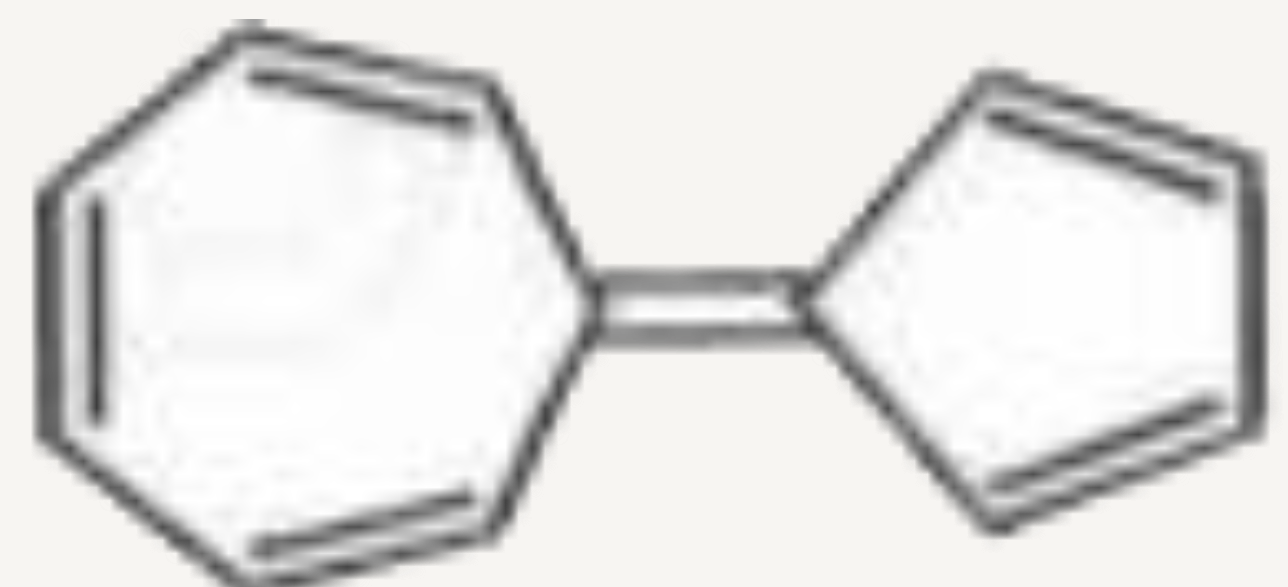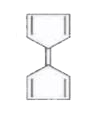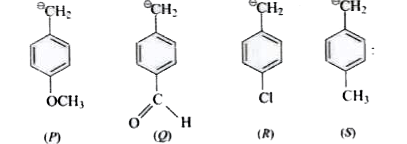Among the following, the molecule expected to be stabilized by anion formation is :
C2,O2,NO,F2
NO
O2
C2
F2
The correct Answer is:C
To determine which molecule among C₂, O₂, NO, and F₂ is expected to be stabilized by anion formation, we need to analyze the bond order of each molecule and how it changes upon the formation of an anion.
1. Understanding Bond Order:
The bond order can be calculated using the formula:
Bond Order=(Number of Bonding Electrons−Number of Anti-bonding Electrons)2
A higher bond order indicates greater stability of the molecule.
2. Calculate Bond Order for C₂:
- C₂ has 12 electrons.
- When it forms the anion (C₂⁻), it gains one additional electron, totaling 13 electrons.
- In the molecular orbital configuration, C₂ has 9 bonding electrons and 4 anti-bonding electrons.
- Thus, the bond order is:
Bond OrderC2=(9−4)2=52=2.5
3. Calculate Bond Order for O₂:
- O₂ has 16 electrons.
- When it forms the anion (O₂⁻), it gains one additional electron, totaling 17 electrons.
- In the molecular orbital configuration, O₂ has 10 bonding electrons and 6 anti-bonding electrons.
- Thus, the bond order is:
Bond OrderO2=(10−6)2=42=2.0
4. Calculate Bond Order for NO:
- NO has 11 electrons.
- When it forms the anion (NO⁻), it gains one additional electron, totaling 12 electrons.
- In the molecular orbital configuration, NO has 7 bonding electrons and 5 anti-bonding electrons.
- Thus, the bond order is:
Bond OrderNO=(7−5)2=22=1.0
5. Calculate Bond Order for F₂:
- F₂ has 18 electrons.
- When it forms the anion (F₂⁻), it gains one additional electron, totaling 19 electrons.
- In the molecular orbital configuration, F₂ has 10 bonding electrons and 9 anti-bonding electrons.
- Thus, the bond order is:
Bond OrderF2=(10−9)2=12=0.5
6. Comparison of Bond Orders:
- C₂: Bond Order = 2.5
- O₂: Bond Order = 2.0
- NO: Bond Order = 1.0
- F₂: Bond Order = 0.5
Among these, C₂ has the highest bond order, which indicates that it will be the most stabilized by anion formation.
Conclusion:
The molecule expected to be stabilized by anion formation is C₂.
The bond order can be calculated using the formula:
Bond Order=(Number of Bonding Electrons−Number of Anti-bonding Electrons)2
A higher bond order indicates greater stability of the molecule.
- C₂ has 12 electrons.
- When it forms the anion (C₂⁻), it gains one additional electron, totaling 13 electrons.
- In the molecular orbital configuration, C₂ has 9 bonding electrons and 4 anti-bonding electrons.
- Thus, the bond order is:
Bond OrderC2=(9−4)2=52=2.5
- O₂ has 16 electrons.
- When it forms the anion (O₂⁻), it gains one additional electron, totaling 17 electrons.
- In the molecular orbital configuration, O₂ has 10 bonding electrons and 6 anti-bonding electrons.
- Thus, the bond order is:
Bond OrderO2=(10−6)2=42=2.0
- NO has 11 electrons.
- When it forms the anion (NO⁻), it gains one additional electron, totaling 12 electrons.
- In the molecular orbital configuration, NO has 7 bonding electrons and 5 anti-bonding electrons.
- Thus, the bond order is:
Bond OrderNO=(7−5)2=22=1.0
- F₂ has 18 electrons.
- When it forms the anion (F₂⁻), it gains one additional electron, totaling 19 electrons.
- In the molecular orbital configuration, F₂ has 10 bonding electrons and 9 anti-bonding electrons.
- Thus, the bond order is:
Bond OrderF2=(10−9)2=12=0.5
- C₂: Bond Order = 2.5
- O₂: Bond Order = 2.0
- NO: Bond Order = 1.0
- F₂: Bond Order = 0.5
The molecule expected to be stabilized by anion formation is C₂.
Topper's Solved these Questions
- BOOK - ICSECHAPTER - CHEMICAL BONDING AND MOLECULAR STRUCTUREEXERCISE - TRUE OR FALSE TYPE QUESTIONS25videos
CHEMICAL BONDING AND MOLECULAR STRUCTURE
- BOOK - ICSECHAPTER - CHEMICAL BONDING AND MOLECULAR STRUCTUREEXERCISE - FILL IN THE BLANKS TYPE QUESTIONS29videos
CHEMICAL BONDING AND MOLECULAR STRUCTURE
- BOOK - ICSECHAPTER - CHEMICAL BONDING AND MOLECULAR STRUCTUREEXERCISE - ESSAY (LONG ANSWER ) TYPE QUESTIONS45videos
CHEMICAL BONDING AND MOLECULAR STRUCTURE
- BOOK - ICSECHAPTER - CHEMICAL THERMODYNAMICS EXERCISE - NCERT TEXT-BOOK. EXERCISES22videos
CHEMICAL THERMODYNAMICS
Similar Questions
Knowledge Check
- Question 1 - Select One
O2 molecule is
AparamagneticBdiamagneticCferromagneticDnone of these - Question 2 - Select One
Which of the following molecules is expected to have the greatest resonance stabilization ?
A B
B C
C D
D
- Question 3 - Select One
Which of the following molecules is expected to have the greatest resonance stabilization?
A B
B C
C D
D
Arrange the following molecule/species in the order of their increasing bond orders.
(I)O2, (II)O−2, (III)O2−2, (IV)O+2View SolutionArrange the following in the decreasing order of their thermal stability of Cl2,F2,I2,Br2.
View SolutionExplain the formation of C2H2 molecule.
View SolutionThe decreasing order of stability of following anions is
 View Solution
View SolutionThe decreasing order of stability of following anions is
 View Solution
View Solution

